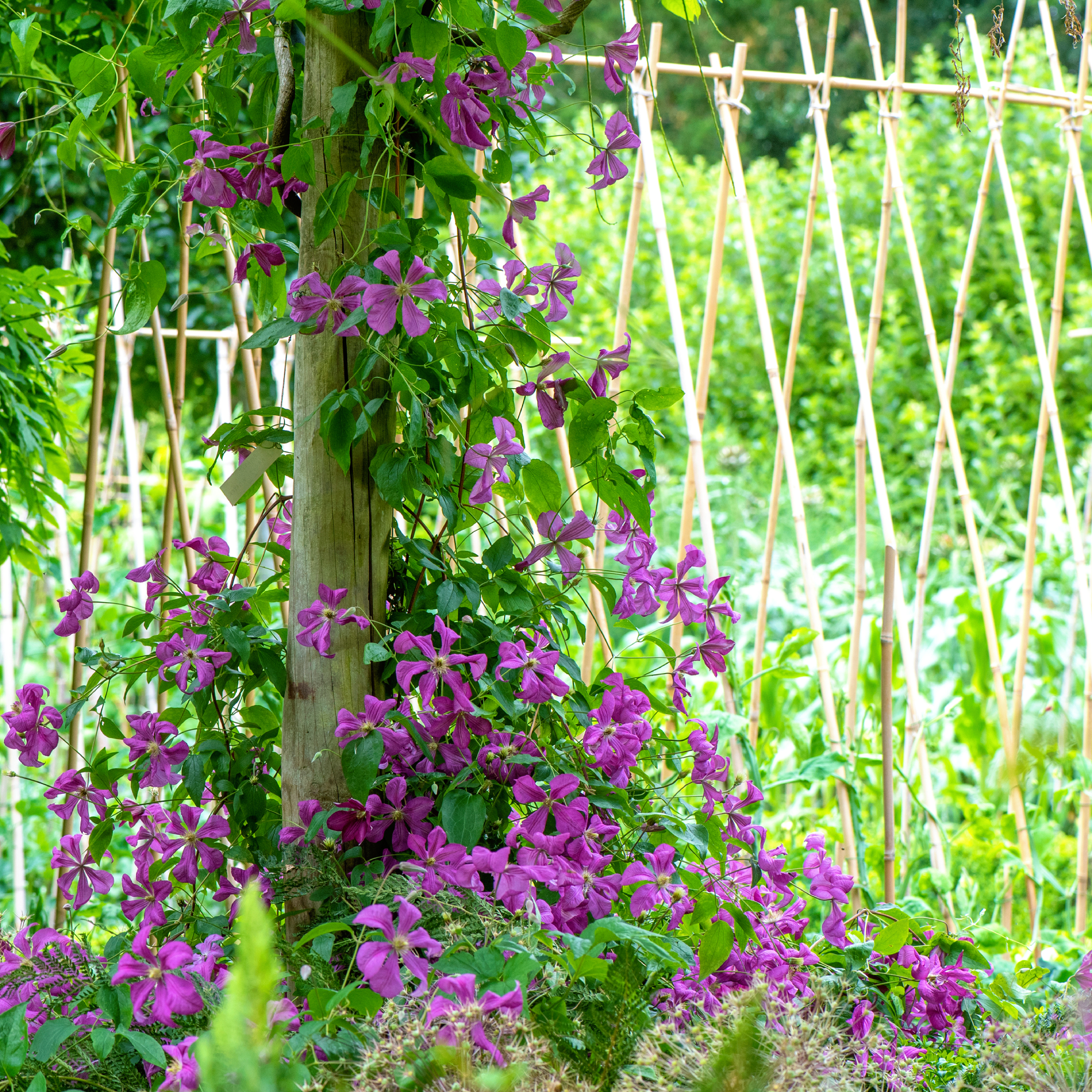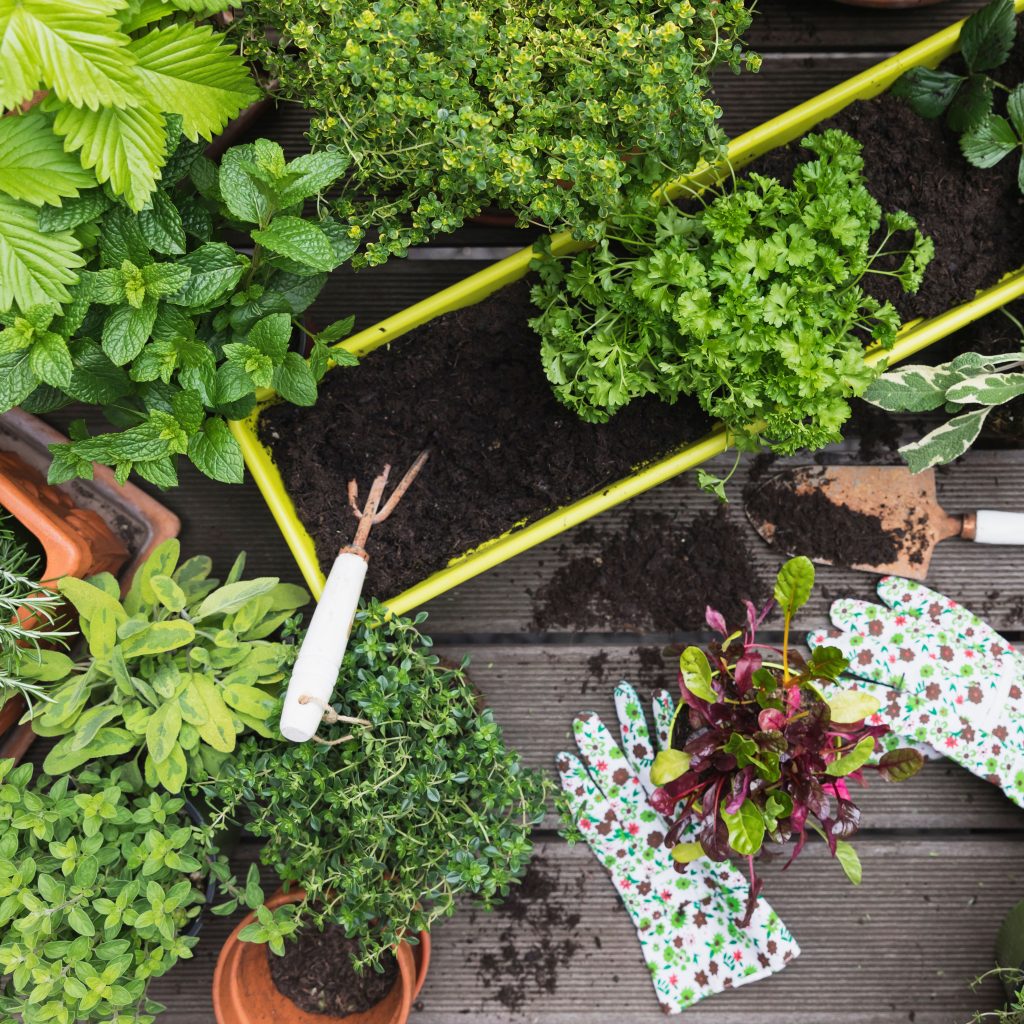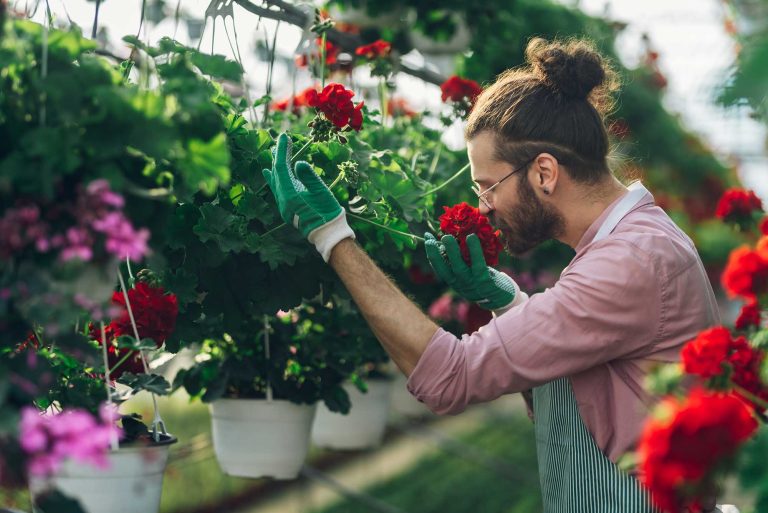Imagine spending countless hours nurturing your garden, only to find it ravaged overnight. You might be wondering who’s responsible for this destruction.
Is it possible that groundhogs are the culprits? If you’ve noticed mysterious damage to your beloved plants, you’re not alone. Many gardeners face the same perplexing question: “Do groundhogs eat garden plants? ” In this intriguing article, we’ll delve into the eating habits of these furry creatures and explore what draws them to your garden.
By understanding their behavior, you can better protect your plants and ensure your garden flourishes. You’ll discover effective strategies to deter groundhogs and reclaim your green sanctuary. Keep reading to uncover the secrets behind these curious critters and learn how to safeguard your garden.

Credit: www.gardeningknowhow.com
Groundhog Diet
Groundhogs, known as woodchucks, have varied diets. They enjoy munching on garden plants, which can frustrate gardeners. Understanding their diet helps protect your garden.
Common Foods
Groundhogs are herbivores. They feed on grasses, clover, and dandelions. They also eat fruits and vegetables. Carrots, lettuce, and peas are favorites. They might even nibble on tree bark.
Seasonal Preferences
Groundhogs adjust their diet with seasons. In spring, they prefer tender shoots and young plants. Summer brings juicy fruits and vegetables to their menu. Autumn is time for roots and nuts. These choices help them prepare for winter hibernation.

Credit: www.reddit.com
Garden Plants At Risk
While groundhogs may look cute from a distance, they can become unwelcome guests in your garden. As they forage for food, your beloved plants might just be their next meal. Understanding which garden plants are at risk can help you protect your green sanctuary from these furry intruders.
Vegetables And Herbs
Groundhogs have a particular fondness for vegetables and herbs. They are drawn to the lush leaves and tender shoots of your garden favorites. Leafy greens like lettuce and kale are often a groundhog’s first choice. Root vegetables such as carrots and sweet potatoes are also at risk. These critters can dig and gnaw through the soil to reach the tasty morsels below. Herbs like basil and parsley are not safe either. Despite their strong aroma, groundhogs enjoy munching on these flavorful plants.
Fruit Trees And Shrubs
Fruit trees and shrubs can also fall victim to groundhog appetites. They may nibble on low-hanging fruits or gnaw on the bark, causing damage. Berry bushes like strawberries and blueberries are particularly appealing. Their sweet taste makes them an irresistible treat for groundhogs. Have you ever noticed your fruit trees looking bare? Groundhogs might be the culprits, enjoying the fruits of your labor before you can.
Protecting your garden requires vigilance and strategy. Are you prepared to outsmart these clever critters?
Signs Of Groundhog Presence
Garden plants show signs of groundhog presence through nibbled leaves and uprooted stems. These furry creatures enjoy feasting on vegetables, leaving noticeable damage in gardens. Watch for burrow entrances near plant beds, indicating groundhogs may be nearby.
Spotting the signs of groundhog presence in your garden is crucial for any gardener. These furry critters, while adorable, can wreak havoc on your plants. Recognizing their telltale signs early can save you a lot of frustration and preserve the beauty of your garden.Visible Damage
Groundhogs are notorious for their love of fresh garden plants. You might notice your plants with stems gnawed and leaves missing. If you see vegetables and flowers disappearing overnight, a groundhog might be the culprit. Their feeding habits are quite indiscriminate, leaving a path of destruction that can be heart-wrenching for any gardener.Tracks And Burrows
Have you ever spotted peculiar tracks in your garden soil? Groundhog tracks are distinctive, showing four toes on the front paws and five on the back. Alongside these tracks, you might find burrows. These are often large, with mounds of dirt at the entrance. The burrows are not just simple holes; they are extensive networks where groundhogs seek shelter and raise their young. If you notice these signs, consider it a red flag. Are you prepared to protect your garden from these determined diggers? Taking action at the right time can keep your plants safe and your garden thriving.
Credit: www.facebook.com
Preventing Groundhog Damage
Groundhogs often munch on garden plants, causing damage to crops and flowers. Protect your garden by using fences or repellents to keep these critters at bay.
Preventing groundhog damage in gardens is crucial for preserving plants. These creatures can cause havoc if not managed properly. Fortunately, several strategies can help protect your garden. From effective fencing solutions to using repellents, each method offers unique benefits.Fencing Solutions
Installing fences can be a strong barrier against groundhogs. Use a wire mesh fence, burying it at least 12 inches underground. This prevents groundhogs from digging under. Ensure the fence is at least 3 feet high. Groundhogs can climb, so adding a top barrier helps. An electric fence can also be an effective deterrent.Repellents And Deterrents
Repellents can keep groundhogs at bay. Use natural options like garlic or pepper sprays. These can be applied around the garden perimeter. Commercial repellents are available and can be effective too. Ultrasonic devices emit sounds that groundhogs dislike. Place them strategically in your garden. Motion-activated sprinklers can startle groundhogs, discouraging them from returning.Natural Predators And Control
Groundhogs can be a headache for gardeners. They munch on plants, causing damage. But nature has its ways to balance things. Groundhogs have natural predators that help control their numbers. There are also eco-friendly methods to keep them away.
Predatory Animals
Several animals hunt groundhogs. These predators help keep groundhog populations in check. Foxes, coyotes, and hawks are common groundhog hunters. Owls and bobcats also prey on them. These animals naturally reduce groundhog numbers.
Eco-friendly Control Methods
Using eco-friendly methods protects your garden without harming wildlife. Fences are effective. A sturdy fence can block groundhogs. Make sure it’s buried deep. Groundhogs dig, so a deep fence prevents them from burrowing under.
Planting certain plants can deter groundhogs. Lavender and mint have strong scents. These plants can keep groundhogs away. Motion-activated sprinklers are useful too. They scare groundhogs without harming them.
Natural repellents can be made at home. Use garlic and hot pepper sprays. These sprays can discourage groundhogs. A mix of water and ammonia also works. Spray it around your garden’s perimeter.
Trapping is another option. Use humane traps to catch and relocate them. Check local laws before trapping. It’s important to release them in a safe area.
Coexisting With Groundhogs
Coexisting with groundhogs in your garden can be a rewarding experience. These creatures, known for their burrowing habits, may seem like a nuisance. Yet, they are an integral part of our ecosystem. Understanding their behavior helps in creating a balanced environment. Let’s explore ways to create harmony with groundhogs.
Creating A Groundhog-friendly Zone
Designate an area of your garden for groundhogs. Plant their favorite foods like clover and alfalfa there. This can divert them from your main plants. Add water sources to keep them hydrated and content in their zone. Use natural fences to guide them away from prized areas. This encourages them to stay in their designated space.
Balancing Ecosystem Needs
Groundhogs play a role in soil aeration. Their burrowing helps mix nutrients into the soil. They also provide food for predators like foxes and hawks. Maintaining a balance ensures a healthy ecosystem. Avoid harmful chemicals that could disrupt this balance. Instead, use organic methods to protect your plants.
Frequently Asked Questions
Do Groundhogs Eat Vegetables In Gardens?
Yes, groundhogs are known to eat vegetables in gardens. They enjoy munching on lettuce, carrots, and beans. Their diet also includes fruits like berries and apples. Keeping them away requires barriers or repellents. Understanding their feeding habits can help protect your garden from these hungry critters.
How Do Groundhogs Damage Garden Plants?
Groundhogs damage garden plants by eating leaves, stems, and roots. They dig burrows, disturbing plant roots and causing structural damage. Their feeding can lead to plant wilting and decreased yield. Effective prevention includes fencing and using natural deterrents. This helps maintain the health and productivity of your garden.
Can Groundhogs Harm My Flower Beds?
Yes, groundhogs can harm flower beds. They eat flowers, stems, and roots, causing significant damage. Their burrowing can uproot plants, leading to wilting. To protect flower beds, use fences or repellents. This can help keep groundhogs away, preserving the beauty of your garden.
What Plants Do Groundhogs Avoid?
Groundhogs typically avoid plants with strong scents or bitter tastes. They dislike lavender, mint, and marigolds. These plants can be used as deterrents in gardens. Planting them strategically may help protect other garden plants. Understanding their preferences can aid in garden planning and protection.
Conclusion
Groundhogs can be a challenge for gardeners. They love munching on plants. Protecting your garden is key. Use fences or natural repellents. Keep gardens clean and tidy. This will help deter them. Remember, groundhogs act based on survival instincts. Understanding their habits can aid in prevention.
Stay vigilant and adapt strategies as needed. With these tips, your plants can thrive. Enjoy a beautiful and healthy garden without worry.








